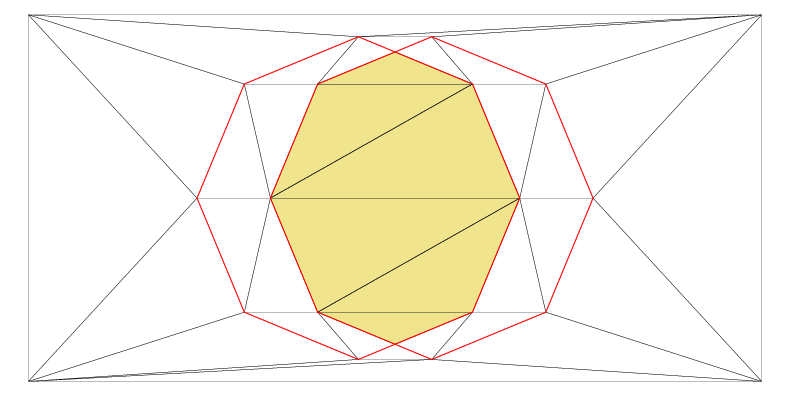Polygon Clipping, Boolean Set Operations Fade provides polygon clipping and functions to combine shapes through the boolean operations: You can find the C++ source code for the polygon clipping demo in examples_2D/ex5_booleanOps.cpp in the Fade download. Creating two Shapes “This demo code creates two input shapes using code similar to what was shown in Polygons…Continue readingPolygon Clipping, Boolean Operations – Example5
Tag: Polygon Clipping
Implementing Boolean operations on Polygons with Holes can be challenging. Therefore, in the present example, examples_2D/ex6_booleanOps2.cpp, you’ll find C++ source code already prepared to handle arbitrary shapes, whether they are convex or non-convex, with or without holes. Feel free to use this code in your project. Additionally, it’s advisable to review the previous Example 5.…Continue readingPractical Boolean Operations on Polygons with Holes – Example 6
